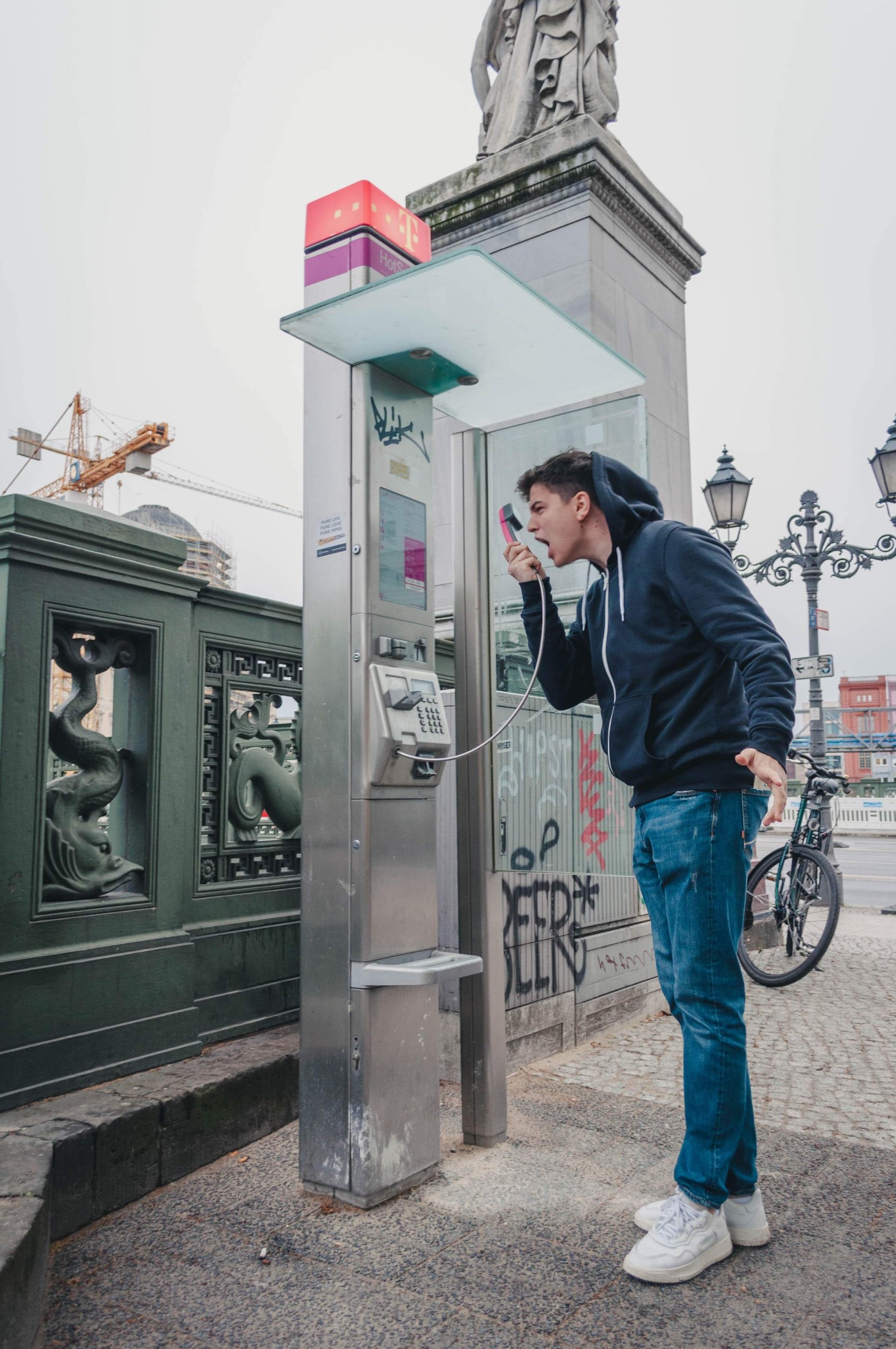The list of priority vehicles includes ambulances. They are usually used for health emergencies and can break the rules of the Highway Code while ensuring the safety of other road users to make way. Are private ambulances on the list? This is a question that plagues road users as to how to behave when they set off their sirens and flashing lights. So, without further ado, let’s dive into this blog and learn some of the things you need to know about ambulances.
When is a vehicle said to have priority?

Indeed, a priority vehicle is a vehicle of general interest to which all drivers must give way. When they are in action, i.e. as soon as their flashing lights and two-tone siren are activated, they can pass through a red light, disregard traffic signs and make way.
In fact, they are able to disregard the Highway Code scrupulously. This is, of course, without affecting the safety of other road users. For the transport of a loved one by ambulance in your area, find the best opportunities is at your disposal.
What are the priority vehicles?
Among the priority vehicles, we find the vehicles of:
- The national and communal police services,
- Of the gendarmerie
- Fire fighting (fire brigade)
- Mobile hospital units assigned exclusively by the SMUR and SAMU
- Transport of prisoners.
According to article 415-12 of the Highway Code, all users must reduce their speed, step to the side or stop in order to give way to them when they are in intervention. Failure to comply with this article is a 4th class offence. It is punishable by a fine of 135 euros and a loss of 4 points on the driving licence.
Do private ambulances have priority?
Private ambulances also transport people in emergency situations and therefore intervene for the general interest, but this does not make them priority vehicles in all cases. This vehicle, in which emergency doctors usually work, has a “right of way” when it turns on its siren and its 3 tones as soon as:
- The person being transported is in an absolute emergency situation
- The ambulance driver does not endanger other road users.
On the other hand, the private ambulance is classified in the list of priority vehicles when it intervenes on behalf of the SAMU. This means that the ambulance company is requested by the SAMU (Service d’Aide Médicale Urgente), which is not very frequent.
In order to be allowed to run lights, speed signs and the like, they have to turn on the signals. When it is not the two cases listed above, the private ambulance in traffic is a vehicle like any other. There is no obligation for other drivers to give way to them.
In short, private ambulances have priority when they are operating at the request of the EMS and when this is not the case, they have easy passage when they are carrying out urgent transport.
Which vehicles do not have priority?
Apart from private ambulances, which have priority on condition, there are also vehicles escorted by the gendarmerie or the police. These are presidential, ministerial or diplomatic vehicles.
In addition, there are vehicles of general interest but not priority vehicles, which only benefit from the easy passage. According to article R311-1, there are vehicles for transporting bank funds, vehicles transporting human organs or blood, salting machines in winter, and vehicles intended for on-call duty carried out by doctors and medical structures.
Final thoughts

This information on private ambulances must be known to all during driving courses for the safety of all. Sound off in the comments section below, and tell us what you want to read next and if you want to read more about ambulances.


